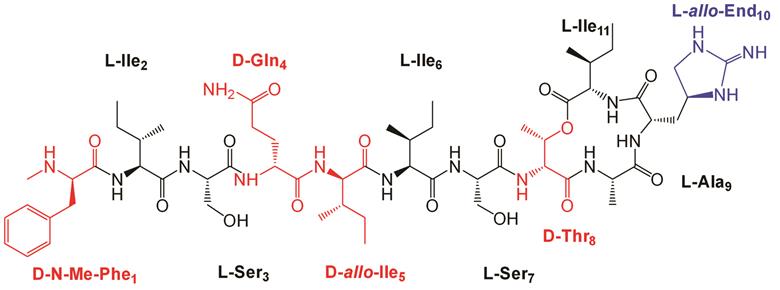Study builds scientists’ arsenal against drug-resistant superbugs
Scientists in the UK, Belgium and the Netherlands have gained a crucial understanding of the structure–activity relationship of new antibiotic, teixobactin. Since reports of its discovery in early 2015, researchers have shown it can kill a number of pathogens without them developing resistance to it.
The University of Lincoln’s Ishwar Singh explains that there are several reasons for teixobactin’s potency: ‘It uses multiple modes of action to kill resistant bacteria, this makes it very attractive since, if it worked by only one mode, bacteria could modify more easily. It is much more challenging for bacteria to mutate on multiple levels.’ Teixobactin also targets lipids in the bacteria’s cell walls, which are considered to be less able to mutate and develop resistance.
Read the full story by Hannah Dunckley on Chemistry World.











